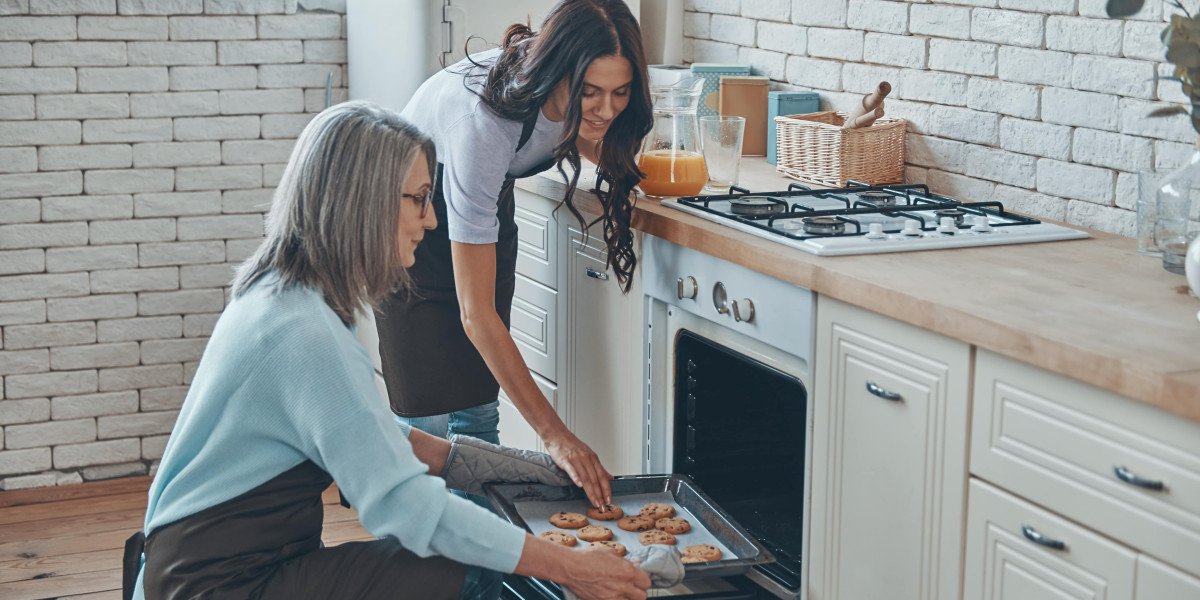Understanding Integrated Oven Sizes: A Comprehensive Guide
Integrated ovens have ended up being synonymous with modern kitchen areas, offering sleek aesthetics and efficient cooking options. As house owners aim for a seamless look in their culinary areas, understanding integrated oven sizes ends up being vital for optimizing kitchen layouts and making sure efficient cooking. This short article digs into the various integrated oven sizes readily available in the market, their dimensions, and how to select the right one for your home.
What is an Integrated Oven?
An integrated oven is developed to be built into kitchen cabinets, supplying a structured appearance that blends effortlessly with the remainder of the kitchen. Unlike freestanding models, integrated bulit-in ovens can be concealed behind cabinetry doors or positioned at eye level, making them a popular choice for modern kitchen areas.
Key Features of Integrated Ovens
- Space-saving design: Optimizes kitchen area without compromising design.
- Customizable surfaces: Available in different colors and materials to match kitchen decor.
- Advanced innovation: Often equipped with modern features, consisting of smart innovation, differing cooking modes, and energy-efficient operations.
Typical Integrated Oven Sizes
When thinking about an integrated ovens and hobs oven, the most vital aspect to evaluate is its size. Integrated ovens are available in different measurements, normally created to fit standard kitchen cabinets. The following table outlines the most typical integrated Oven Installation sizes:
| Oven Type | Height (mm) | Width (mm) | Depth (mm) | Cooking Capacity (litres) |
|---|---|---|---|---|
| Single Built-In | 590 | 595 | 550 | 60-70 |
| Double Built-In | 590 | 595 | 550 | 60 (each oven, total 120) |
| Compact Built-In | 450 | 595 | 550 | 30-40 |
| Combination Microwave | 455 | 595 | 550 | 30-40 |
| Wall Oven | 720 | 600 | 550 | 70-90 |
Considerations When Choosing an Integrated Oven Size
When it pertains to selecting the appropriate size for an integrated oven, there are several factors to think about:
- Kitchen Layout: Evaluate your kitchen space and choose where the oven will be integrated into cabinetry.
- Cooking Needs: Consider how often you cook and your cooking choices (e.g., baking, roasting).
- Readily available Space: Measure available cabinetry measurements to ensure the oven fits comfortably.
- Capacity Requirements: Assess the size of meals you normally prepare, especially for families or when entertaining visitors.
- Future-proofing: Think about integrating patterns such as clever technology or versatility in use.
Kinds Of Integrated Ovens
Integrated ovens are readily available in several types, each offering distinct benefits:
- Conventional Ovens: Standard cooking functions, appropriate for a lot of cooking methods like baking and roasting.
- Steam Ovens: Utilize steam for cooking, ideal for much healthier meals, retaining moisture and nutrients.
- Convection Ovens: Circulate hot air for even cooking, fantastic for baking pastries and several meals concurrently.
- Microwave Ovens: Offer fast reheating or thawing alternatives and can be combined with traditional ovens for versatility.
Benefits of Integrated Ovens
Integrated ovens provide numerous benefits that can improve the cooking experience:
- Aesthetics: Offers a clean design that fits seamlessly into any kitchen decoration.
- Space efficiency: Maximizes area by making use of built-in cabinetry.
- Ergonomics: Mounting ovens at eye level improves benefit and safety when removing hot dishes.
- Increased performance: Many integrated alternatives feature features such as self-cleaning and smart connectivity.
Frequently Asked Questions (FAQs)
1. What is the standard size for an integrated oven?
The most typical size for a single built in oven uk-in oven is around 590mm in height, 595mm in width, and 550mm in depth.
2. Can I install an integrated oven in an existing kitchen?
Yes, as long as the existing kitchen cabinetry can accommodate the size and specs of the chosen oven, it can be integrated perfectly.

3. Do integrated ovens have a larger capability than freestanding ones?
Usually, integrated ovens have an equivalent capability to freestanding models; however, specific styles may vary. Always inspect the specs for optimal area and capacity.

4. Are integrated ovens more expensive than freestanding ovens?
Integrating an oven can be more pricey due to installation and modification. However, costs differ based on brand and innovation, so it's vital to compare options.
5. Is maintenance various for integrated ovens?
Maintenance for integrated ovens resembles that of freestanding designs however might require more care with built-in kitchen cabinetry elements. Routine cleaning and comprehending the oven's features are vital for longevity.
Selecting the right integrated oven size is vital for optimizing kitchen space and boosting cooking experiences. By understanding the various setups available and thinking about individual cooking needs, house owners can seamlessly incorporate a contemporary oven into their kitchen areas. With a variety of designs to match varied visual appeals and functionalities, integrated ovens remain a popular choice for contemporary cooking areas. Whether you're remodeling or constructing a new kitchen, choosing an integrated oven tailored to your requirements will make sure years of complete satisfaction and culinary imagination.








